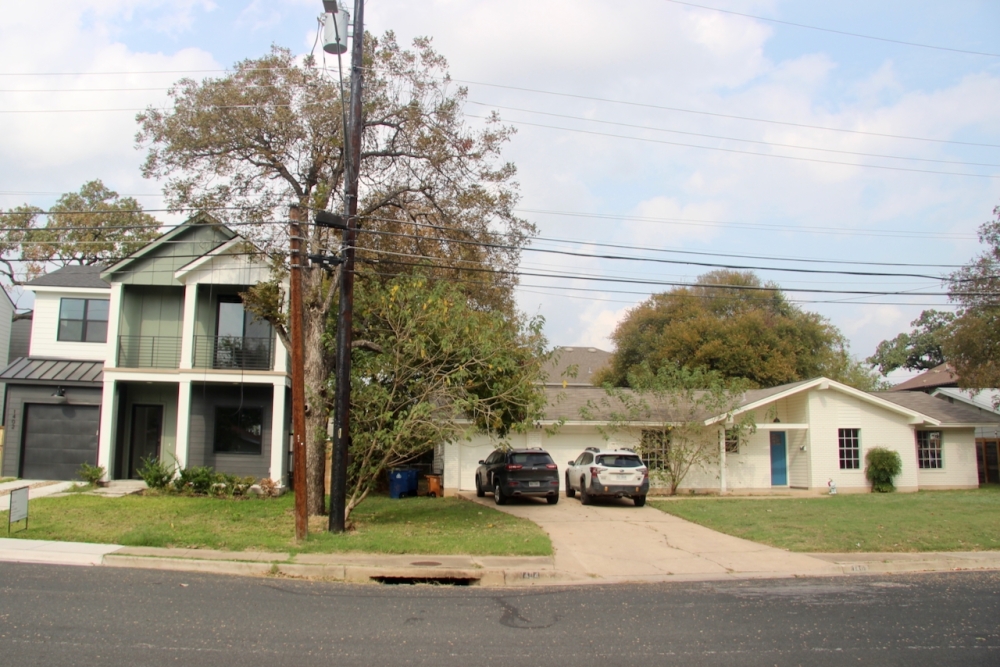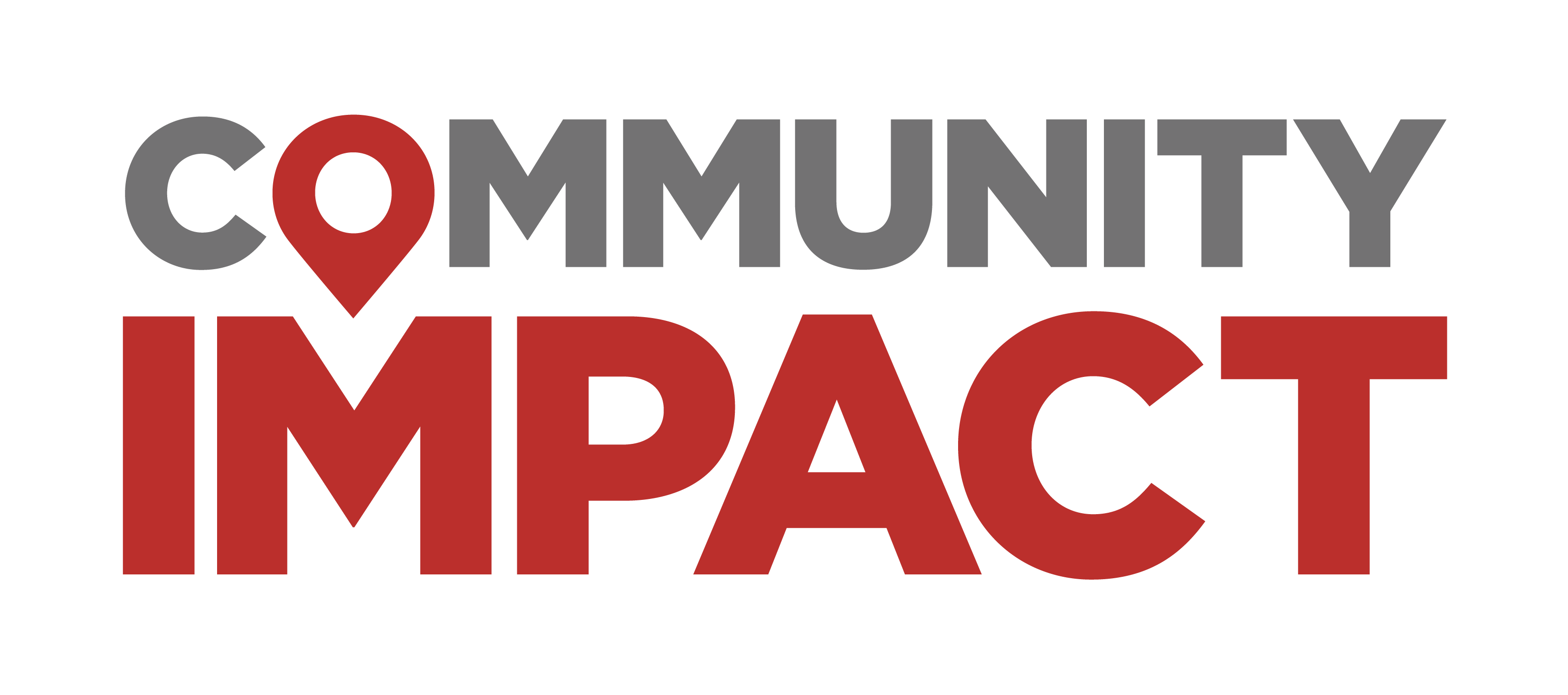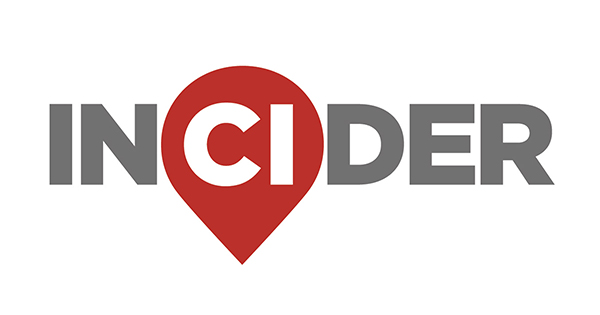Hundreds of new units were cleared for construction during the initial year of the Home Ownership for Middle-income Empowerment, or HOME, initiative's first phase allowing for more housing on single-family lots.
HOME's impacts are already being felt around Austin, although more time may be needed to determine its clear outcomes on housing affordability, resident displacement, public infrastructure and the environment, according to city reporting.
The big picture
A City Council majority backed HOME Phase one in a in a contentious December 2023 vote, with stated goals of bringing more varied residential construction to Austin neighborhoods and lowering homeownership costs. Council members mandated annual impact reporting on HOME based a proposal from Mayor Kirk Watson.
The first year's report covers development activity from February 2024—when the city began accepting building applications under HOME—through early February 2025. The analysis follows an interim six-month report released late last year.
Trends such as slight housing cost declines and a rising share of development in lower-income areas were traced so far. But for now, city staff say it's likely still too early to draw broad conclusions about the policy as its longer-term results "take additional time to emerge."
The new report was released Nov. 19, although the council-approved HOME Phase 1 ordinance had directed its completion as of February. An Austin Development Services spokesperson cited "challenges of coordinating data reporting across multiple departments and complexity of the analysis" as factors contributing to the delay.
Elected officials also called for an 18-month report, which would have been due in August, followed by further reporting every year. Staff now recommend only annual reviews going forward to "allow for a more complete understanding" of potential benefits and consequences. Internal discussions about the timing of future reports are continuing, the ADS spokesperson said, although no changes were confirmed as of this fall.
A closer look
As requested by council, Austin's HOME impact reporting covers the policy's effects on the local housing and rental markets, neighborhood traffic and infrastructure, and environmental issues. City staff pointed to HOME potentially playing out as officials had hoped, based on limited results from one year of new construction.
"Although these findings are based on a limited period of implementation, they suggest that the HOME initiative is beginning to achieve its intended objectives without triggering widespread negative impacts," they wrote. "Continued monitoring and analysis will be essential to assess long-term outcomes and guide future policy decisions."

By the numbers
New developments under HOME averaged 4,172 square feet and covered an average of 41.62% of their sites with impervious cover, or surfaces such as buildings and driveways that don't absorb rainfall. The majority of HOME developments were labeled as "mid-range density" based on the ratio of building square footage to overall property size.
While HOME was promoted as an affordability tool, staff said it's still too early to determine whether the new housing stock is reducing costs. The city's overall median home sales price rose 6% from 2023 to 2024, Austin Board of Realtors data showed, although slight price drops were reported on smaller properties.
For fee-simple purchases, or ownership of both land and the buildings on it, Austin's median sales prices from 2023 to 2024:
- Fell 5.5% for lots under 3,000 square feet
- Fell 1% for lots between 3,001-5,750 square feet
- Rose less than 1% for all larger lots
Median prices for duplexes dropped about 5.5% but increased more dramatically for triplexes—by 55%—although staff noted the relatively few listings in that category may have skewed results.
HOME doesn't appear to have spurred a wave of residential demolition, a concern among some opponents to the initiative. One- and two-unit demolitions were already slowing before HOME's implementation and continued to fall after it went into effect.Effects on residential displacement aren't clear so far. A slightly higher share of HOME applications were concentrated in Displacement Risk Areas—as outlined in 2018's city-commissioned Uprooted report and updated with recent census data—compared to other single-family housing permits from the previous three years. But as with other findings, staff said more time for review is needed as factors outside civic zoning are likely influencing development patterns as well.
"While this comparison provides valuable context, further analysis is needed to determine whether these patterns persist over time," they wrote. "It is also important to note that HOME applications differ in scope and intent from prior [single-family] developments and are subject to different regulatory frameworks. Additionally, broader market conditions—such as housing demand, interest rates, and construction costs—have shifted significantly since the onset of the COVID-19 pandemic in 2020."
The city also launched a study into a possible "equity overlay" limiting HOME allowances to certain parts of Austin to mitigate displacement effects. A consultant's report on that concept is expected this fall.Other findings outlined in the city's report include:
- Few HOME projects used the policy's Preservation Bonus, granting increased building allowances if portions of existing structures are maintained.
- Some single-family areas weren't designed to accommodate the electricity demands of multiple units on single lots, and some building plans are creating challenges under Austin Energy safety standards.
- HOME projects aren't expected to negatively impact local storm drainage systems.
- New housing is "broadly dispersed" and expected to have a "marginal" impact on traffic, based on projections for added daily vehicle trips citywide.
- Impacts on trash pickup service has been "minimal" so far, although Austin Resource Recovery anticipates growing challenges as residential density increases around the city.
- Tree canopy preservation and tree replanting rates remained "relatively stable" before and after HOME's implementation.
The new report also highlights minimal usage of HOME Phase 2, passed in summer 2024, which slashed Austin's minimum lot size allowing for residences on smaller properties.
While envisioned as a complement for the first phase, HOME Phase 2 applies to fewer properties, and staff said Austin's complex subdivision reviews may have limited public interest. Just eight development applications—two for property subdivisions and six for building permits—were submitted as of early February. More recent reforms to infill development rules and other land-use updates could help streamline subdivisions going forward, staff said.
"Collectively, these efforts are intended to improve the feasibility of small lot development and expand housing options across the city," they wrote.





